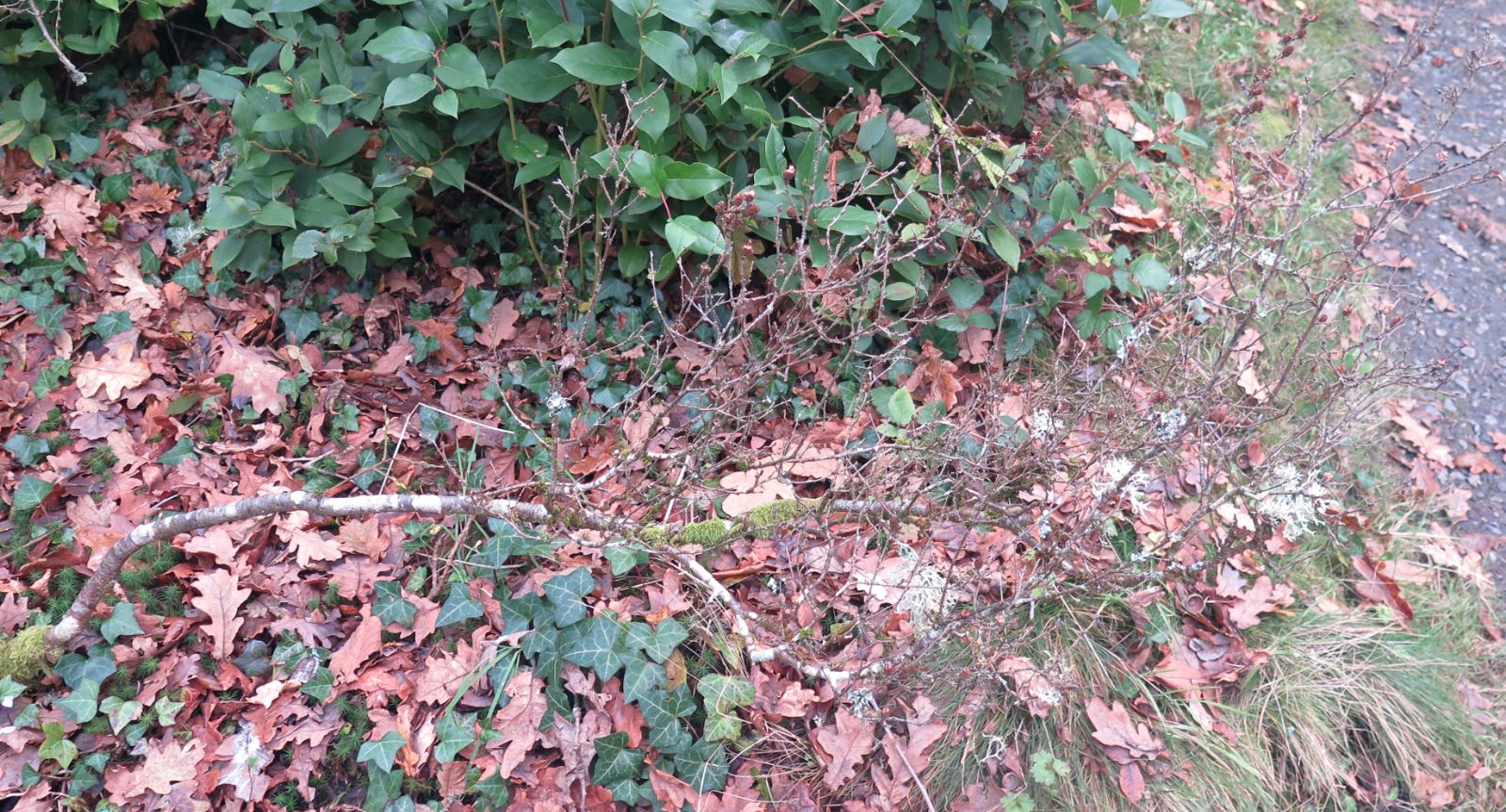Betula humilis
Credits
Article from Bean's Trees and Shrubs Hardy in the British Isles
Recommended citation
'Betula humilis' from the website Trees and Shrubs Online (treesandshrubsonline.
Genus
Other taxa in genus
- Betula albosinensis
- Betula alleghaniensis
- Betula × aurata
- Betula bomiensis
- Betula × caerulea
- Betula chichibuensis
- Betula chinensis
- Betula coerulea-grandis
- Betula cordifolia
- Betula corylifolia
- Betula cylindrostachya
- Betula davurica
- Betula delavayi
- Betula ermanii
- Betula forrestii
- Betula glandulosa
- Betula globispica
- Betula grossa
- Betula insignis
- Betula jacquemontii
- Betula lenta
- Betula luminifera
- Betula lutea
- Betula mandshurica
- Betula maximowicziana
- Betula medwediewii
- Betula nana
- Betula neoalaskana
- Betula nigra
- Betula occidentalis
- Betula papyrifera
- Betula pendula
- Betula platyphylla
- Betula populifolia
- Betula potaninii
- Betula pubescens
- Betula pumila
- Betula raddeana
- Betula schmidtii
- Betula szechuanica
- Betula tianschanica
- Betula × utahensis
- Betula utilis
A shrub 2 to 9 ft high, young shoots hairy and glandular-warty. Leaves ovate, oval, or obovate, 1⁄2 to 11⁄2 in. long, mostly tapered (sometimes rounded) at the base, pointed, irregularly and rather coarsely toothed (teeth triangular but often bluntish); both surfaces glabrous and green; veins in four or five pairs; stalk 1⁄4 in. or less long. Fruiting catkins 1⁄3 to 5⁄8 in. long; scales with minute hairs on the margin, deeply three-lobed, the middle lobe usually thinner and larger than the side ones.
Native of high latitudes in Europe and Asia, or of higher altitudes in more southerly regions. This species and B. fruticosa Pall. are very closely allied, and have often been united. The leaves of B. fruticosa are more tapered towards the apex, have usually five or six pairs of veins, and the toothing is finer, sharper, and more regular; the wings of the seed are also comparatively broader than in humilis. It is a native of N.E. Asia, inhabiting boggy places. Another close ally from the same region is B. middendorffii Trautv. & Mey., with more rounded leaves, pale yellowish green beneath.
From the Supplement (Vol. V)
B. middendorffii, mentioned here, perhaps has more in common with B. nana than with B. humilis, with which Schneider grouped it. In section Humiles subsection Humiles the leaves are mostly acute and longer than wide, sharply toothed, with four to seven pairs of veins. In the subsection Nanae (see B. nana, page 424) the leaves are roundish or obovate, usually obtuse at the apex, coarsely toothed, with only two to four (sometimes five) pairs of veins. But some botanists do not subdivide this section.
An ally of B. humilis is B. ovalifolia Rupr. (syn. B. tatewakiana M. Ohki & Watanabe according to H. Hara in Journ. Jap. Bot., Vol. 54, p. 98 (1979)), a native of eastern Russia, north China and Korea, occurring also in a single locality in Japan. It was introduced to the botanic garden at Wageningen, Holland, in 1965 under its synonymous name, and thence to Britain. Also probably belonging to this group is B. apoiensis Nakai, introduced to Europe via the Arnold Arboretum, Mass. It has a local distribution in the north island of Japan. For descriptions of these two species see Ohwi, Flora of Japan.

